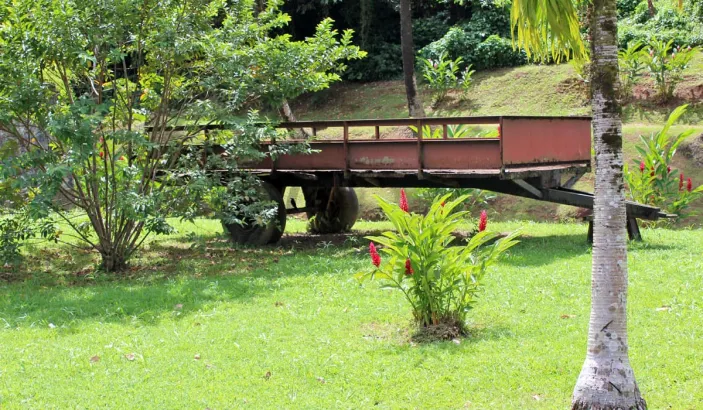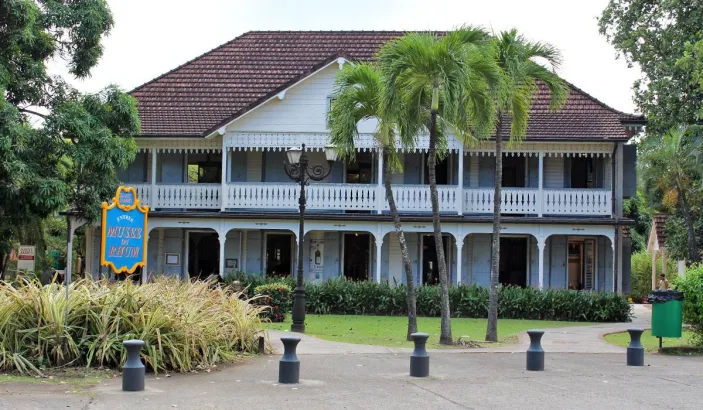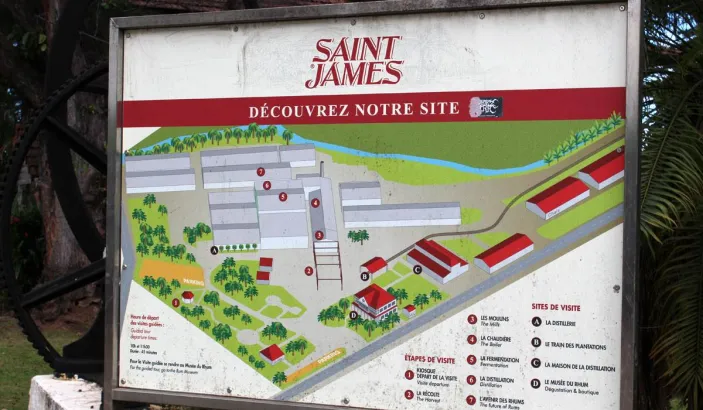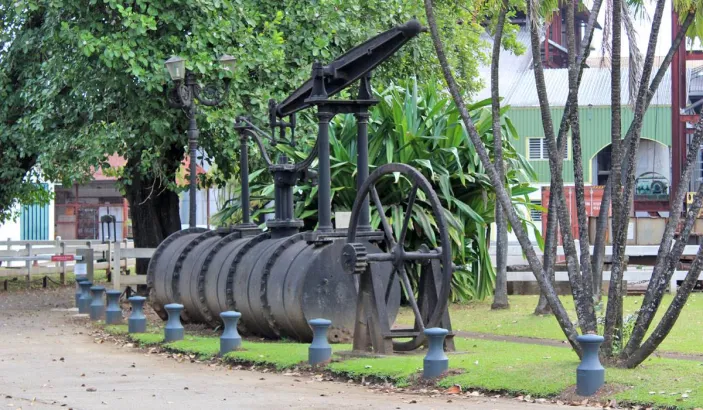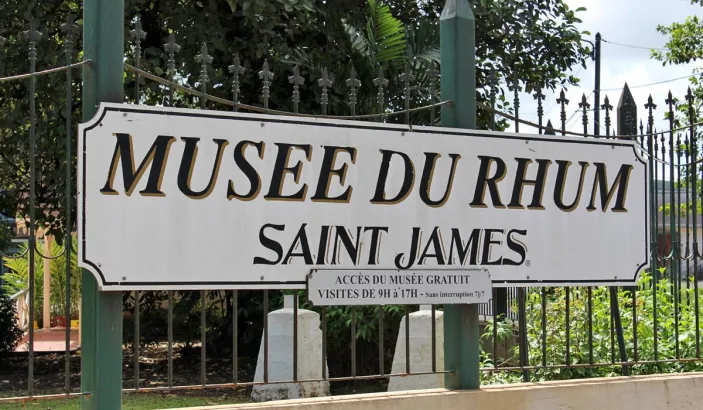David Bernard Museum
The Bernard David Museum Space showcases a collection assembled by Bernard David, former priest of Le Diamant (1970–1998), to retrace the town’s history. He generously donated his entire collection of pre-Columbian archaeological objects and documentary archives to the southern Martinique commune.
Bernard David, a priest from Vendée, arrived in Martinique in 1970. He first served at the church of Terres Sainville, then at Bellevue in Fort-de-France, before being assigned to the church in Le Diamant. Eager to connect with the local population, he studied Creole and began collecting the proverbs he heard. He later published Creole Proverbs of Martinique: Language and Society.
Passionate about local history, he conducted daily research and published several works on Martinique’s past, including The Origins of the Martinican Population Over the Years (1635–1902). He also took a keen interest in the pre-Columbian heritage of the town that welcomed him, Le Diamant. The objects he collected from that era are now housed in the museum that bears his name.
The Bernard David Museum Space is located in the town center of Le Diamant, near the Anse Diamant pier, where local fishers enjoy line fishing. Exhibitions are occasionally offered.























